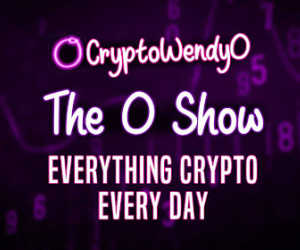Crypto projects are not all created equal; An example of a fair funded project and what to look for in the launch and the team
Welcome, readers. Today I wanted to talk about a little project that you’ve probably never heard of, called Muse DAO.
Full-disclosure, I was an early supporter of this project, and have continued to be a huge fan of the team behind them. That said, I don’t actively trade much, these days, and haven’t held $MUSE in quite a while. I do, however, have several free mint NFTs I received as a result of participation in earlier projects of theirs. Long-time readers may recall that I’d discussed one of their offerings, nft20.io, in a previous article where I talked about bulk-purchasing NFTs using the platform. With that being said, I’m not here today to pitch you on Muse, although I will be discussing their roadmap & how I think of it as a model for how I’d like my investments to operate. By the end of the article, I think you’ll understand why. The reason I’m sharing their story is so that you will know what traits to look for in a team & a project, because they are not all created equal. The more interaction I have with solid developers in crypto, the easier it becomes to distinguish them from the scam artists.
Hopefully, your discernment will improve with every investment you make, good or bad.
Airdrops & Fair Launches
Muse isn’t a recent project. They actually stealth launched way back in October 2020 with some tweets telling folks to join the telegram channel & register for an airdrop.
If you weren’t here in 2020, there were a lot of NFT and token projects registering people for airdrops, and this is when a lot of the “airdrop alert” platforms started cropping up. Usually you’d be tweeting & retweeting & interacting with a telegram bot and hoping the tokens would be worth a hundred bucks when they finally launched in a few months. This was different. I’d known adam from other projects he’d done, and decided to give it a try – bound to be better than all of the airdrop scams that were going around, right?
I dropped my address into a form, and received a “VNFT” creature in my wallet not long after. They were just simple faces, but the concept was pretty unique at the time…
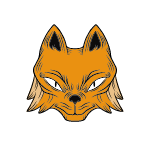
Each creature could send a transaction & mine $MUSE tokens, every day. You could then use those tokens to purchase items that would increase your score & level your creature up. Each level raised would allow you to mine more $MUSE every day.
Additionally, your creature had a “Time of Death” ticking down constantly. Depending on the item you purchased, your time of death would change. Some items would only give you a short window until you’d have to consume another, or else your creature would die. Tokens could also be staked to earn points that you could use to mint another VNFT. This was probably the first time I’d seen a project replicate “mining” using a combination of tokens & NFTs. This would become a big thing for a while, because it’s fun & quantifiable progress is easy gamification.
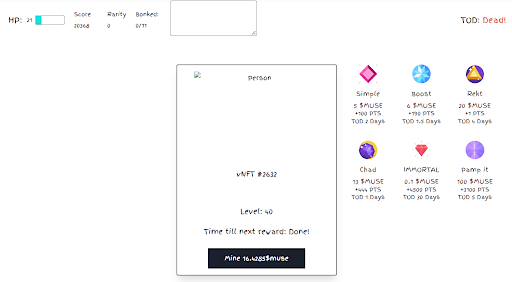
Fun stuff, right? The real beauty of $MUSE, though, was in how it funded ongoing development. What you’d normally see in the space is a team % of tokens or presale raise, or maybe a team hoard of NFTs which get sold off as funds are needed.
What the $MUSE team did was create a function in the contract where every item purchased with $MUSE burned 90% of $MUSE used for purchase, and put the remaining 10% into the team fund. In this way, they were able to launch with zero dollars raised up-front, and 100% of their pay & ongoing funding reliant on the project’s success. If people played & purchased $MUSE, they stood to do well. If it didn’t succeed? They’d make nothing, and likely lose money on development & hosting costs, not to mention all of the gas used to send the airdrops out. The game did well, though, and went on for three months with a couple hundred active players, probably. They tried a bunch of fun experiments & different game systems (lottery, race, community-fed creature complete with ‘hot potato’ timer and winner) before finally stopping the production of new $MUSE and ending the game.
What Comes Next?
After the game ended, you’d have been perfectly reasonable to expect the team to take their hard-earned funds & ride off into the sunset, perhaps settling in the Seychelles.
Instead, they dropped a large chunk of $MUSE they’d earned to players who’d tried out the game, and released nft20. Nft20 was & is a platform where you can take NFTs & deposit them for a flash loan of tradable token for that collection. For instance, depositing a Bored Ape might get you some $BAYC20 tokens, which you could then trade or hold, or stake in their farm to earn $MUSE. This was the first NFT flash loan platform, and as far as I know the first functional multi-collection NFT farm.
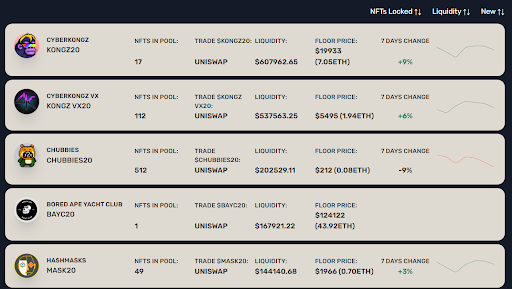
Again, this is legitimately an entire use-case. This is the point where most teams would stop building, and start refining the platform & adding features. The Muse team did do that, but they also began working on the next experiment. To keep the community entertained, they launched a $ROYAL game that was a lot like VeryNifty, but with the “Last Man Standing” getting a large prize in ETH.
This was fun, but they were working on frying bigger fish. FeatherNFT is a project I’m still amazed hasn’t skyrocketed; it was a limited collection of generative “feather” pictures using your choice of a simple word or phrase for naming. The feather can be edited with HTML or anything that can be loaded in an iframe, and stores all of the data compressed on-chain. It is functionally the first on-chain website as an NFT, and also one of the earlier experiments I’ve seen of displaying complex on-chain data in an iframe.
You’ll remember my article on Generative Dungeon’s use of iframes from a few weeks back. I should probably mention, all of these projects had free mints, tokens, etc. for original players & holders of vnfts. Even though that project was an airdrop, it has maintained utility as a “pass” for accessing new projects as they’ve rolled out. After feather, they created a generative art mint (also free for vnft holders) called “Dreams of EVM” with the mint page actually being stored on a feather nft.
They followed this with an update to their game concept called CUDL Finance using Mooncats, which was later moved to the Arbitrum network. As they were experimenting with Arbitrum, they spun up a quick game called Space Goo. I’m not going to link all of these, as they’re all linked on the Muse Dao website, and you’re free to explore further if interested.
That was exhausting.
But, wait…there’s more! Never one to rest on their laurels, the team looked at what was going on with NFTs, and set about building an NFT indexer. They weren’t the first team building one, either. There were teams raising millions to do the same, and others building out white-label versions complete with API access for a paltry $99/month. They recently rolled out endpoints for Arbitrum & Ethereum mainnet, and the indexer is functional for a large portion of each. True to the cypherpunk ethos, their previous work & eventually the work used to build the indexer are open source & available on Github.
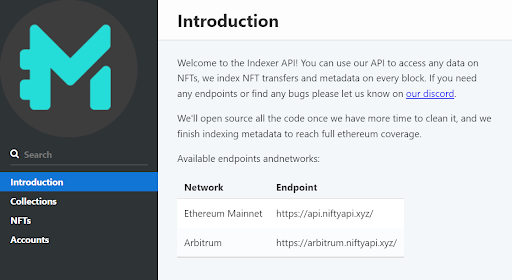
This, in a nutshell, is the high water mark for me, when it comes to crypto teams. You want to see fairness & functionality from day one. You want to see a desire to experiment, and a constant stream of innovation. There is not a single point where I looked at Muse and wondered, “Are devs doing anything?”
The takeaway from this story shouldn’t be, “Go buy Muse!” – actual mileage may vary, because they don’t pay for marketing & don’t hype their token. The takeaway should be that it is absolutely possible to have a fair launch, fund your project, and build from now until the cows come home. Until next time, reflect. If you aren’t impressed by your project’s developers, one thing to consider is: you should be.











